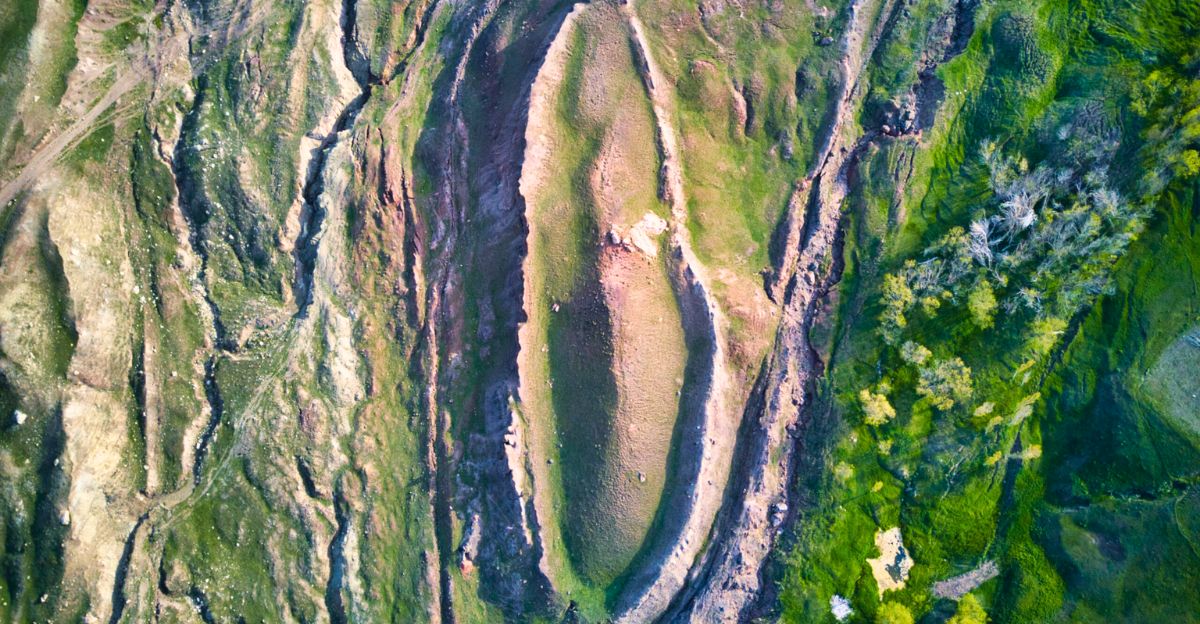
For centuries, Mount Ararat has been ground zero for those searching for evidence of Noah’s Ark. While countless expeditions have turned up little more than rocks and speculation, a recent fossil discovery might just change everything. Did an ancient flood really happen? And does this new finding bring us one step closer to the truth? Let’s dig into this mystery.
The Fossils That Have Experts Buzzing

A team of researchers recently unearthed marine fossils at high altitudes on Mount Ararat, the legendary resting place of Noah’s Ark. The discovery of fossilized sea creatures raises an intriguing question: How did ocean life end up nearly 17,000 feet above sea level?
The Significance of Fossils in High Places
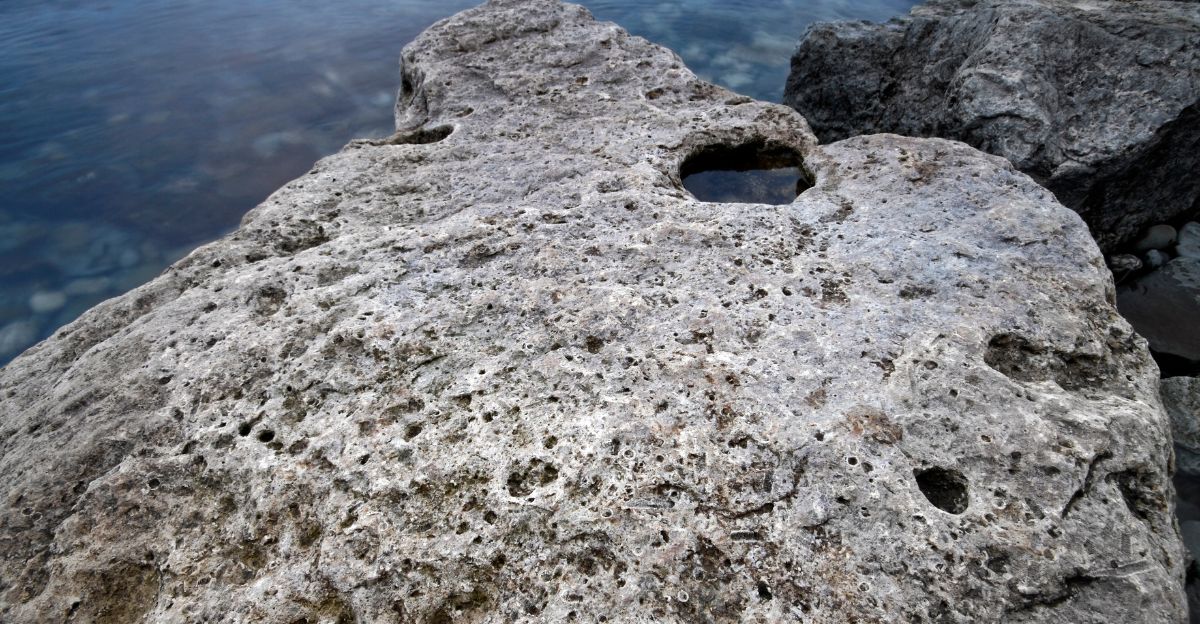
Finding marine fossils on mountains isn’t unheard of—after all, Earth’s crust has been shifting for millions of years. But the presence of these specific fossils on Mount Ararat has reignited the debate over whether an ancient mega-flood once submerged the region.
The Biblical Connection – Does This Prove the Great Flood?
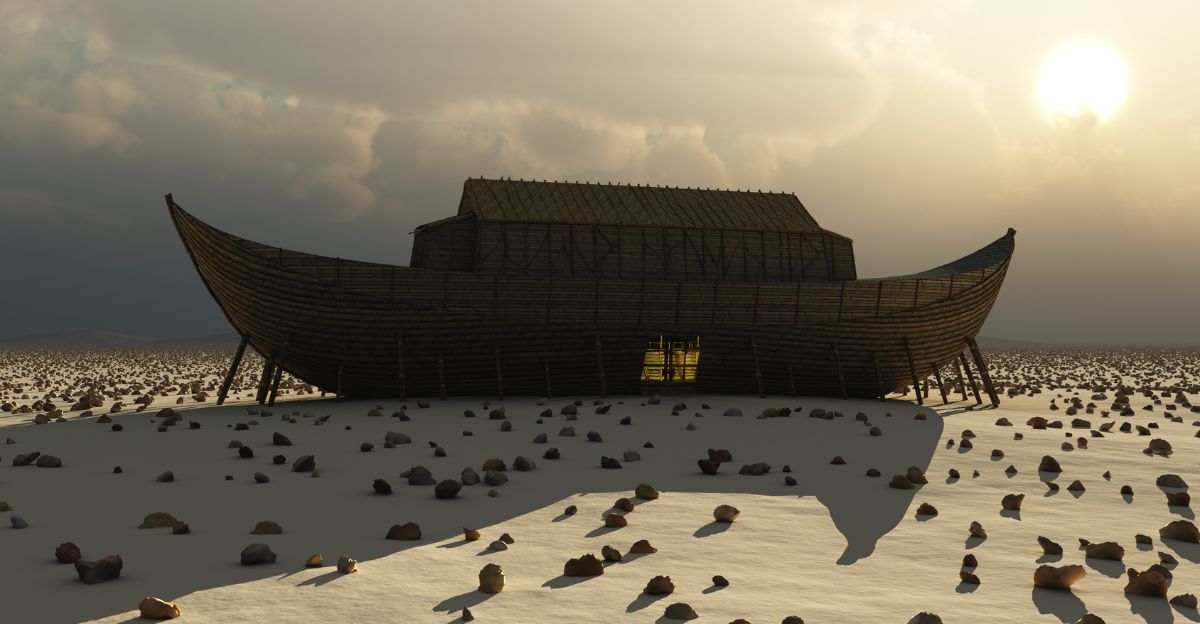
According to the Bible, Noah’s Ark landed on the mountains of Ararat after the Great Flood receded. The discovery of ancient sea life fossils in the area has led some to speculate: Could this be evidence of a massive flood event that aligns with the Noah’s Ark story?
Science Weighs In – Could a Global Flood Have Happened?
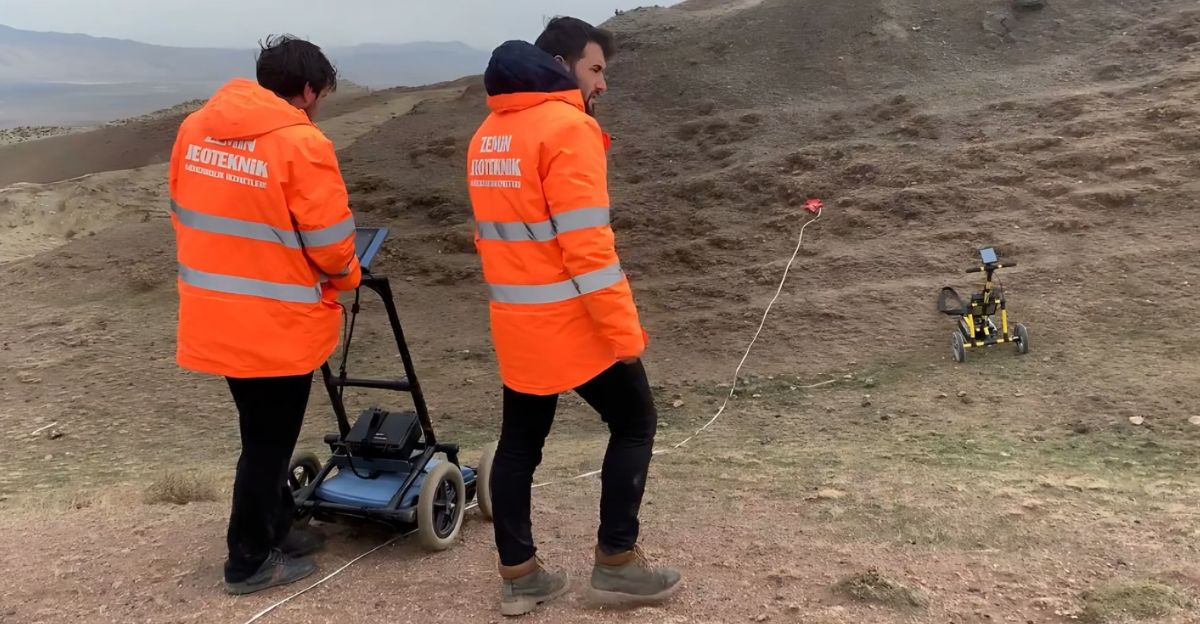
Geologists argue that a worldwide flood covering every mountain would defy the known laws of physics. However, many ancient cultures have flood myths eerily similar to Noah’s story, leading some scientists to believe a real, catastrophic regional flood may have inspired the legend.
The Geological Explanation
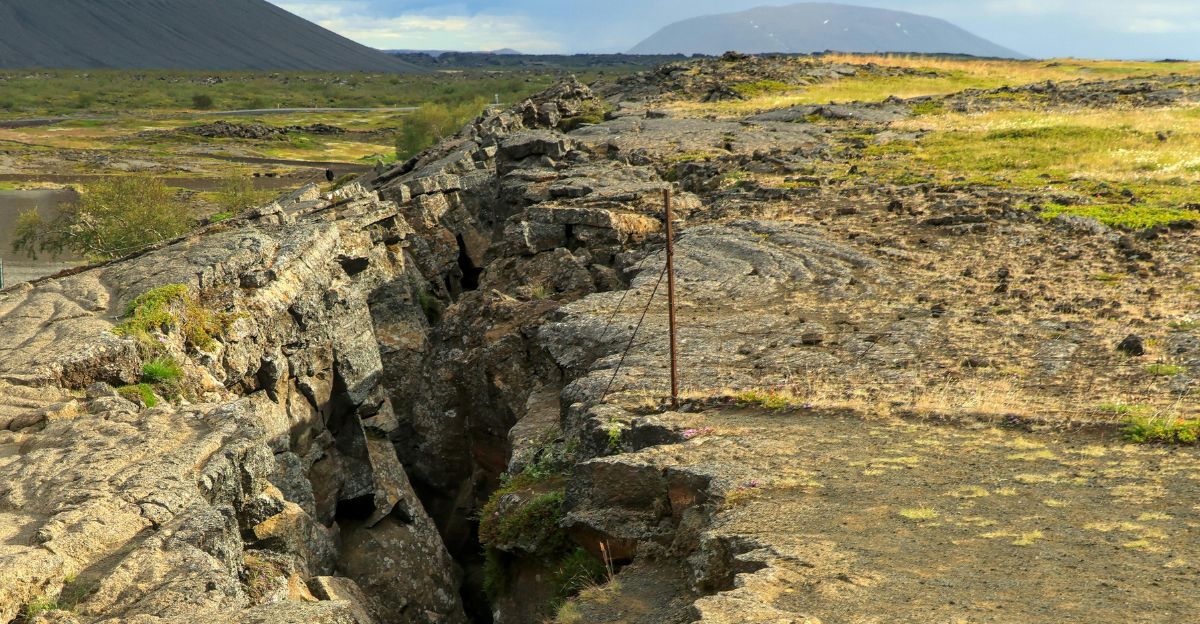
The more science-based explanation? Plate tectonics. Millions of years ago, parts of what is now Turkey were underwater, and as tectonic plates shifted, ancient seabeds were pushed skyward—bringing marine fossils along for the ride.
What Type of Fossils Were Found?
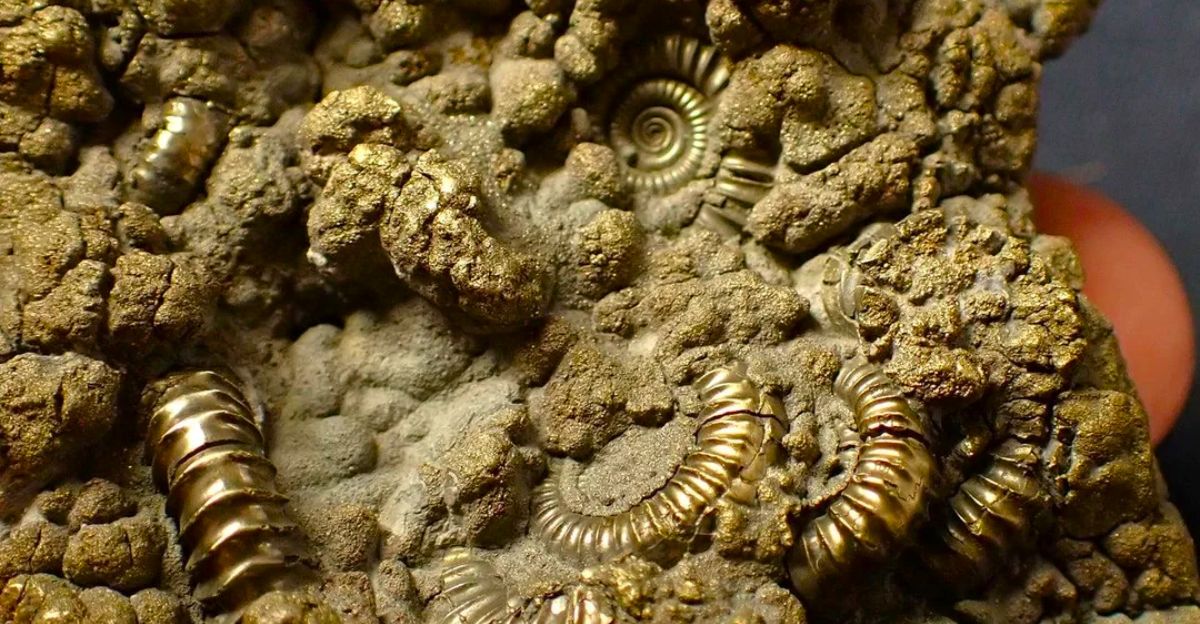
The fossils reportedly include ammonites, mollusks, and coral, all of which once thrived in prehistoric oceans. Their presence at such high altitudes suggests that Mount Ararat was once deep underwater before geological forces reshaped the landscape.
The Ongoing Debate – Science vs. Faith
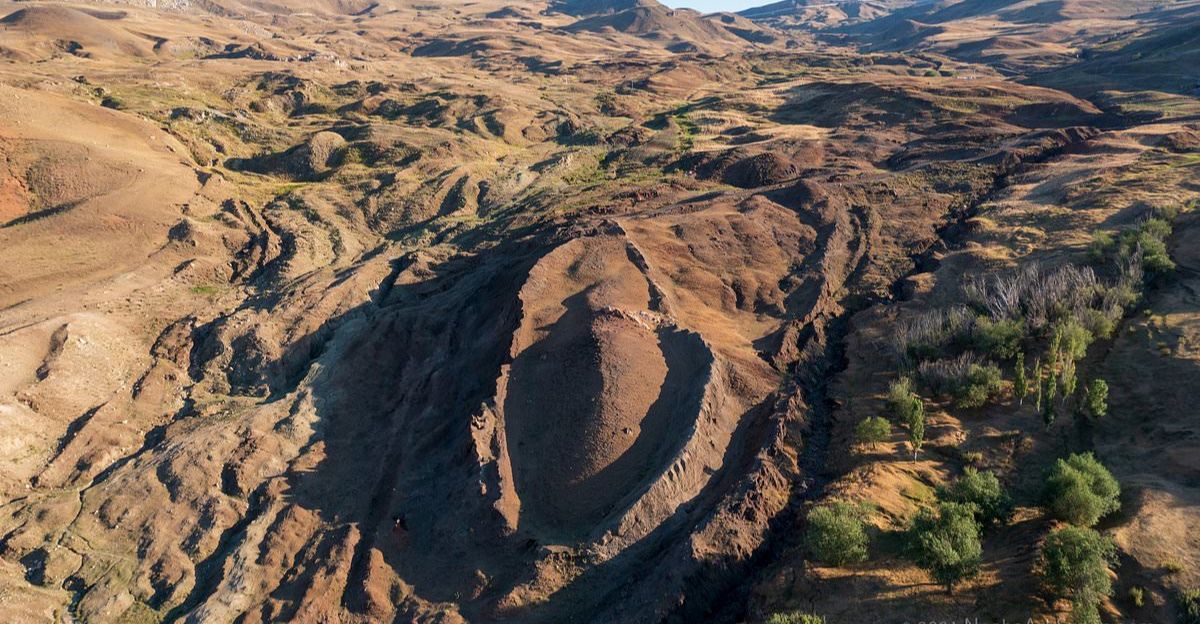
For scientists, the fossil discovery confirms natural processes of Earth’s evolution. But for those searching for Noah’s Ark, it’s yet another “what if” moment that fuels speculation. Some believe fossilized remains of the Ark itself could still be hidden within the mountain’s glaciers.
Previous Noah’s Ark “Discoveries” That Turned Out False

Mount Ararat has been a hotspot for Ark hunters for centuries. In 2010, a team claimed to have found wooden beams that were supposedly remnants of Noah’s Ark—but later, scientists dismissed them as naturally occurring wood deposits. The new fossil find, however, is scientifically verified.
Could More Discoveries Be on the Way?

Geologists and archaeologists believe there’s more to uncover. If further marine fossils or sediment layers linked to ancient flood activity are found, they could provide a clearer picture of what really happened on Mount Ararat thousands of years ago.
What’s Next for the Search for Noah’s Ark?
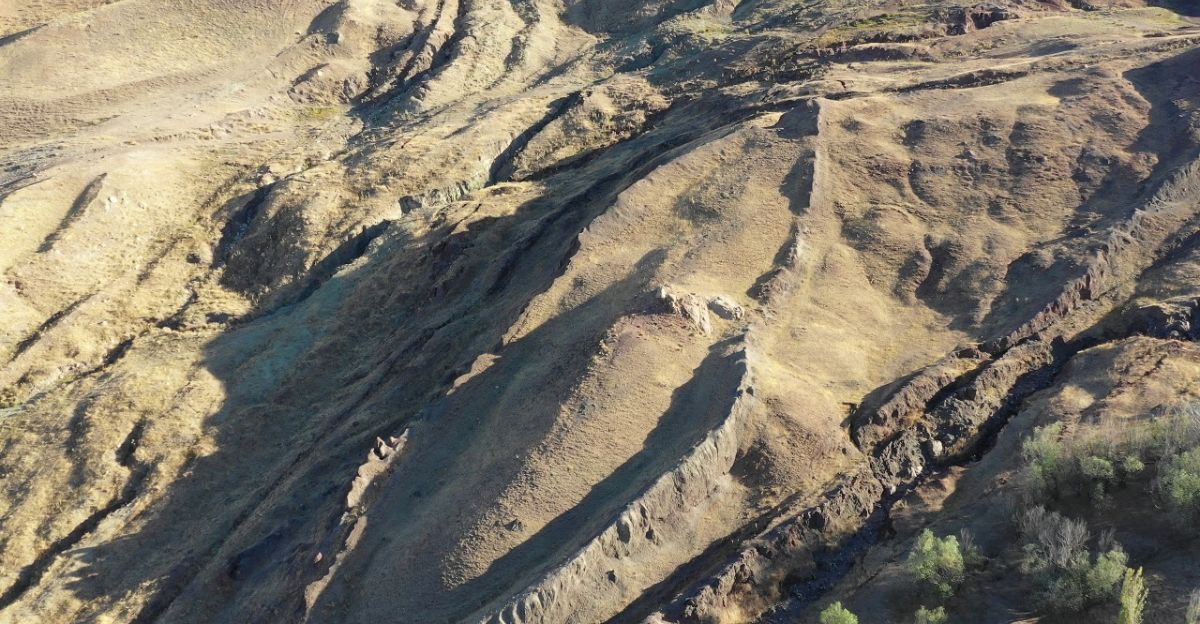
Despite skepticism, researchers continue scanning the mountain with ground-penetrating radar and satellite imaging in hopes of finding something buried beneath the ice. If remains of an ancient wooden structure ever emerge, the world’s biggest historical mystery could finally be solved.
Why This Discovery Matters Beyond Noah’s Ark
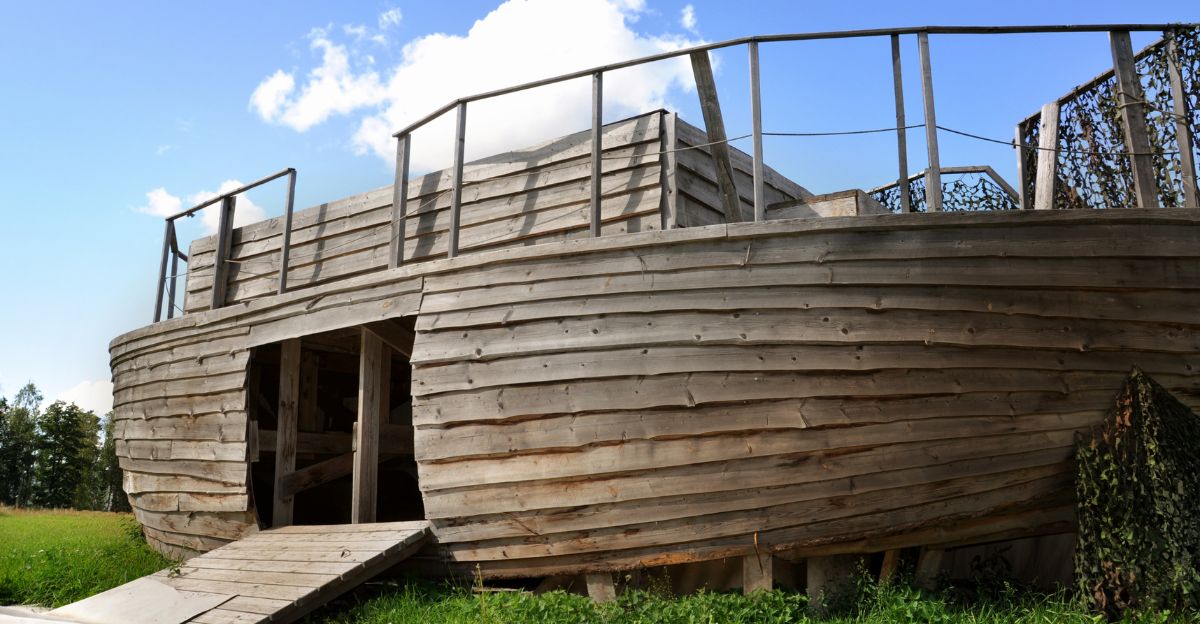
Whether or not you believe in the biblical flood, this fossil find is a big deal for science. It provides crucial evidence about Earth’s changing landscapes, rising sea levels, and ancient marine ecosystems that existed millions of years ago.
The Search Continues – Mystery or Myth?
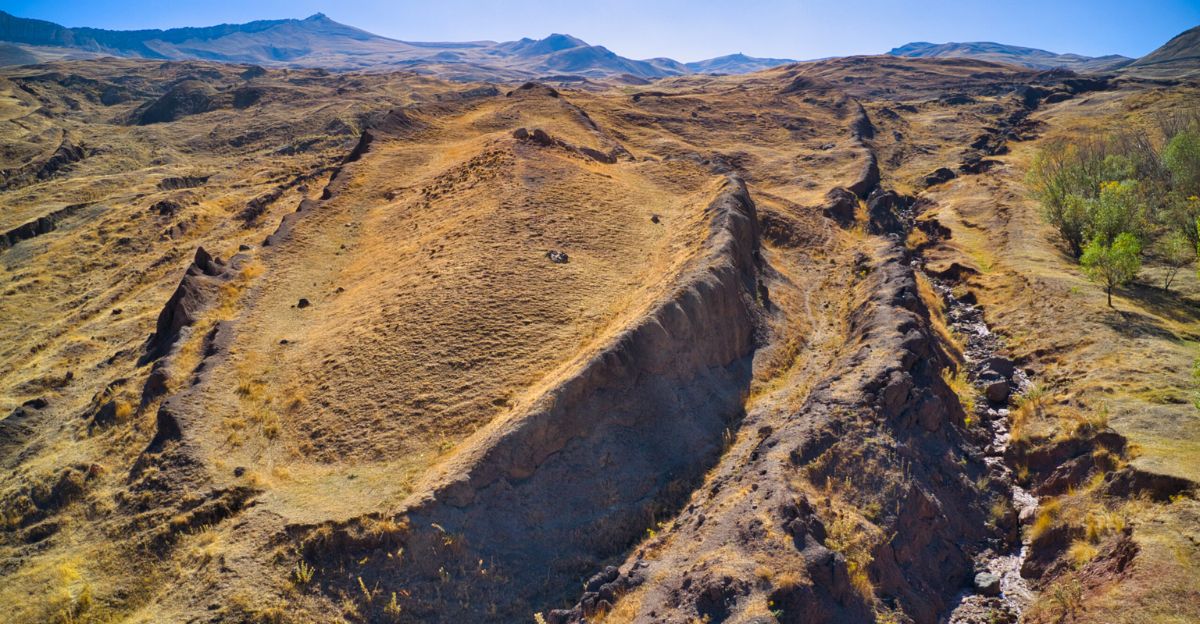
While the fossil discovery is fascinating, it still doesn’t prove the existence of Noah’s Ark. But what it does prove? That Mount Ararat’s history is far more complex and mysterious than we ever imagined. The hunt is far from over.
Explore more of our trending stories and hit Follow to keep them coming to your feed!

Don’t miss out on more stories like this! Hit the Follow button at the top of this article to stay updated with the latest news. Share your thoughts in the comments—we’d love to hear from you!







